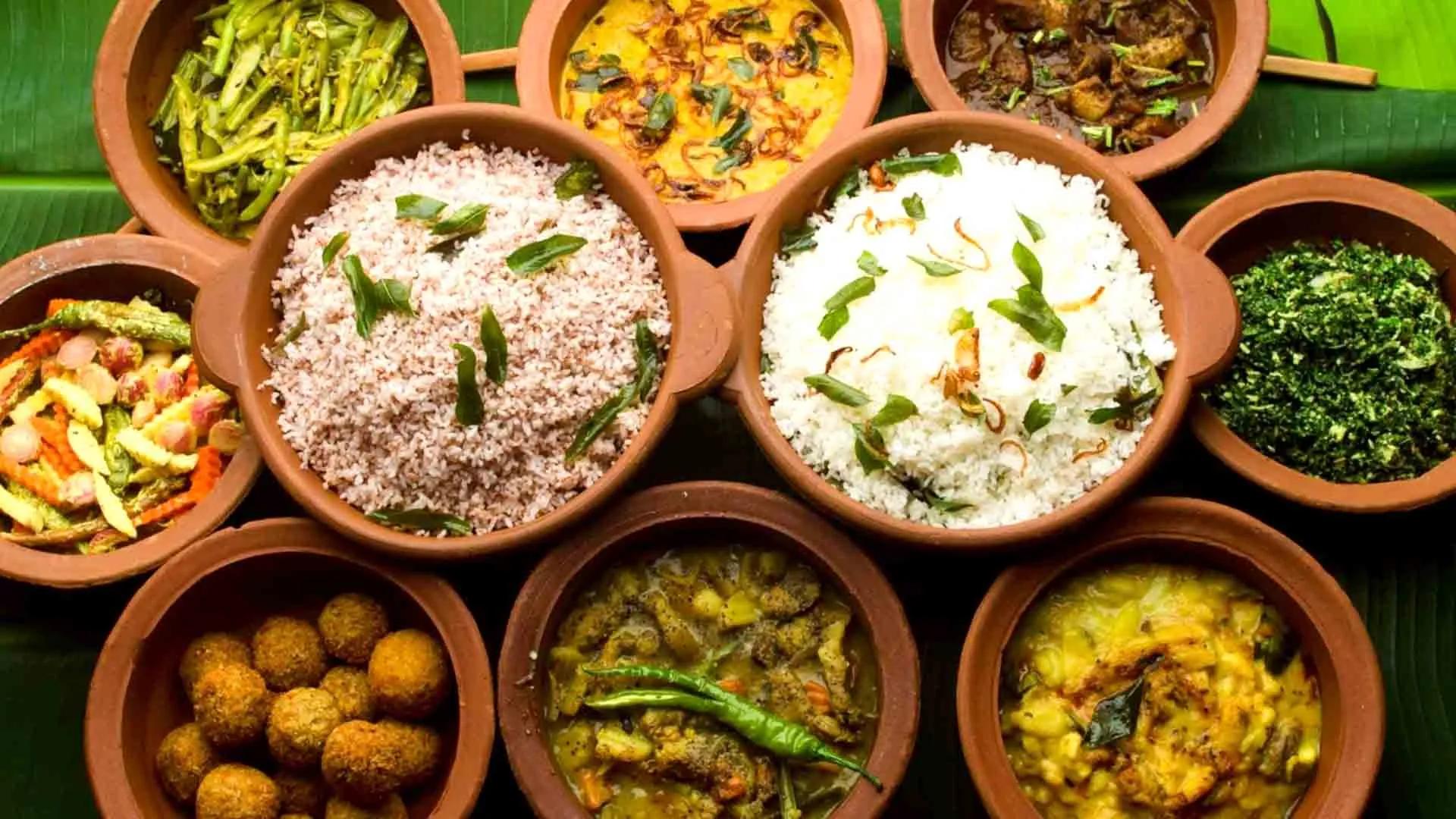
Even though Sri Lankan food is similar to that of South India, it is nevertheless very much its own cuisine.
After years of colonization and foreign influence, Sri Lanka has modified its cuisine to include a variety of delectable curries and meals.
With accuracy, a few things can be stated regarding Sri Lankan cuisine: Sri Lankans are incredibly fond of spices and food that bursts with flavor, and a lot of them prefer deep-fried, incredibly delicious treats. Your mouth will be ecstatic with whatever you decide to eat in Sri Lanka.
Due to its tropical environment, fish and coconuts are two of the most important ingredients in Sri Lankan cuisine. Curries are formed from fish, and coconut is a common element in cooking in one way or another.
The basic foods of Sri Lanka are rice and curry; however, there are many different types of bread, including loaves and flatbreads made in the roti manner.
Rich flavors and a distinctive fusion of Indian, Chinese, and European influences characterize Sri Lankan cuisine. The most well-liked foods include string hoppers, hoppers, rice, and curry. Don’t forget to sample the world-famous local tea, which is known for its superior quality and flavor. During your journey to Sri Lanka, your taste buds will be in for a treat with so many delectable alternatives to select from.
You might be wondering how such a small nation could have such a wide variety of foods. Sri Lankan food is distinctive not just because of its varied flora and fauna but also because of the ethnic diversity of its people. Traders from India, Europe, Arabia, Africa, and the Malay World arrived in Sri Lanka throughout the 15th and 16th centuries, bringing with them their own cuisines, cooking methods, and culinary trends. For example, the Portuguese impacted most of the sweets, such as lamprais, while the British affected roasted chicken and meat.
1. Malu ambul thiyal (sour fish curry)
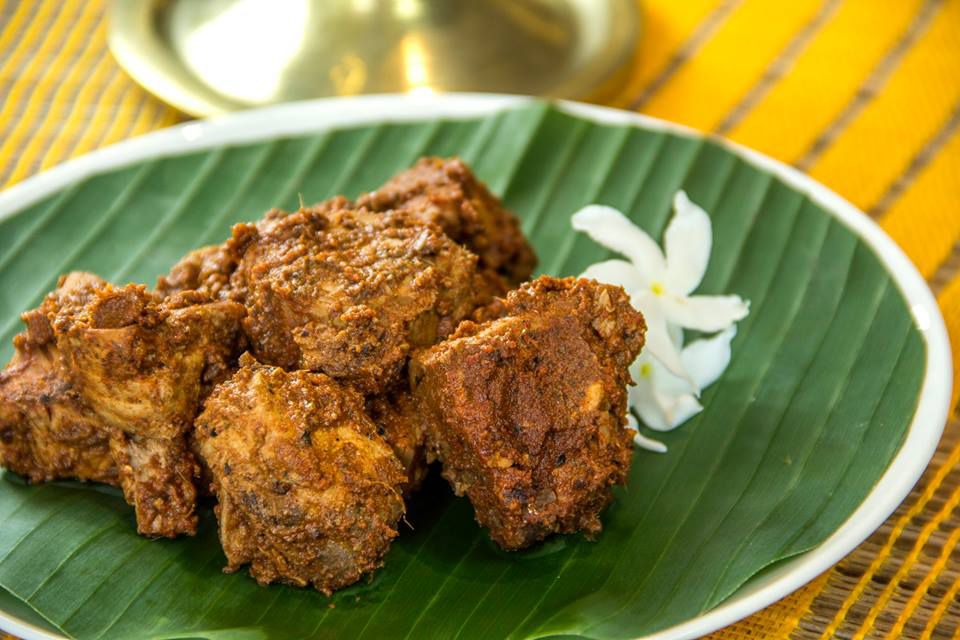
Seafood is a major component of Sri Lankan cuisine, as one might anticipate for an island in the Indian Ocean. Among the numerous types of fish curries available, one of the most popular is fish ambul thiyal, or sour fish curry.
The fish, which is usually huge and hard like tuna, is sliced into cubes and sautéed in a mixture of spices such as turmeric, pandan leaves, curry leaves, black pepper, and cinnamon. The key ingredient here is probably dried goraka, a little fruit that lends the fish its sour taste.
As a dry curry meal, ambul thiyal is made by simmering all the ingredients in a tiny amount of water until the liquid decreases. This enables every fish cube to be coated with the spice mixture.It comes from southern Sri Lanka and is best enjoyed with rice. It can be found at curry restaurants all around the country.
2. Kottu (Kottu roti)
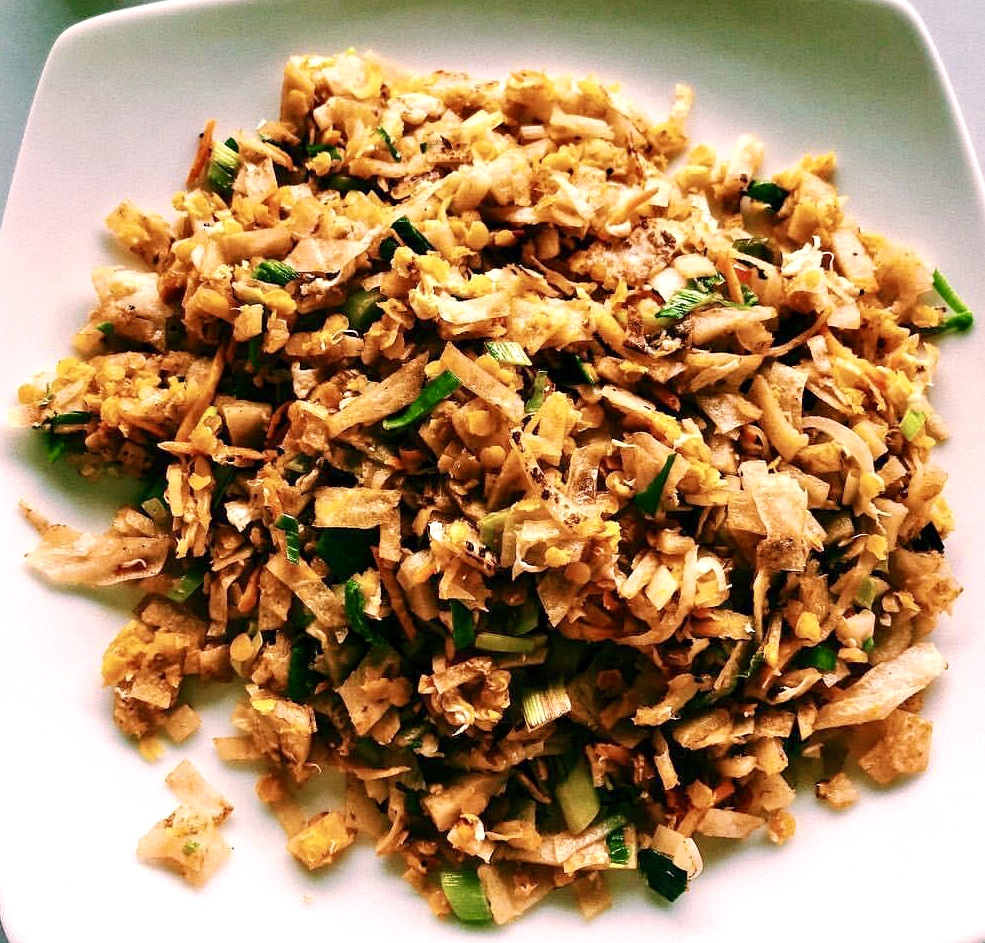
You can usually hear the sound of metal against metal above the bustle and clamor of a Sri Lankan market, indicating that Kottu is not far away. The national fast food of Sri Lanka, kottu, is the preferred choice for those hankering after something greasy and delicious.
It is similar to fried rice, except godamba roti—a flat, crispy bread—is used in place of rice in this recipe.
Typically, the roti is fried first thing in the morning, stacked high, and served according to order. The kottu chef will use your chosen ingredients to fry and chop the roti when you submit your order. The end product is a delicious blend of crispy fried dough bits that are seasoned just enough and are quite soothing.
You can either use the hot curry sauce that is supplied with the kottu as a dip or to cover the entire plate.
With each rhythmic clank of their spatula and knife against the metal frying surface, some of the most accomplished kottu cooks create original songs and slice the roti.
3. Kukul mas vyanjana (Chicken curry)
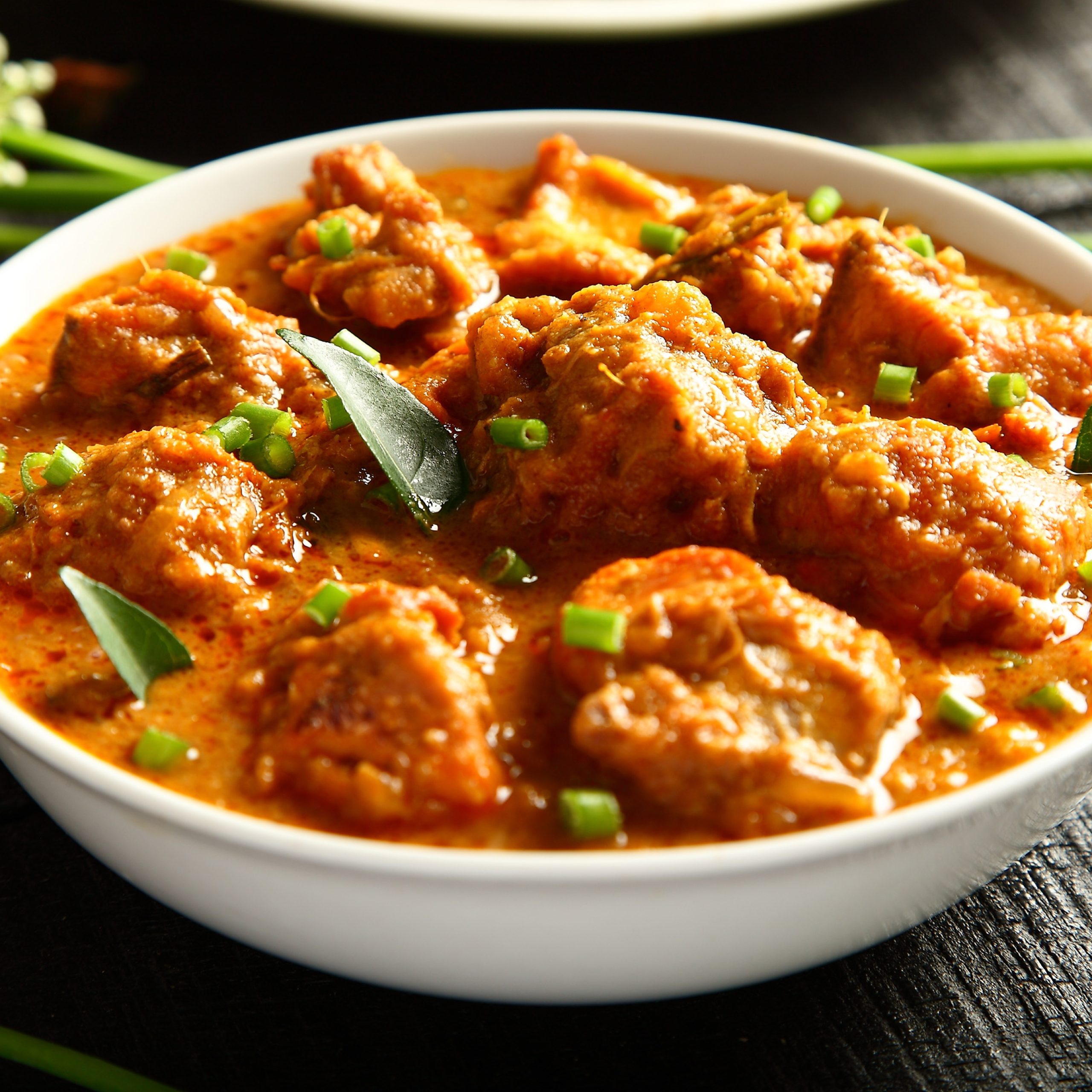
Simple to prepare, chicken curry is a staple in Sri Lankan homes. Depending on the area and personal preferences, there are a lot of variants.
Tempering hot oil with fennel seeds, cardamom, cloves, and cinnamon sticks, these spices are then mixed with turmeric, chili powder, curry powder, pandan leaves, lemongrass, and curry leaves.
The base of the curry gravy is made richer by the coconut milk. Depending on the recipe, tomato puree is frequently used.
The chicken is cooked for about an hour, during which time the flavor of the spices seeps into the meat. It tastes best when paired with roti and hot rice
4. Parippu (Dhal / Lentil curry)
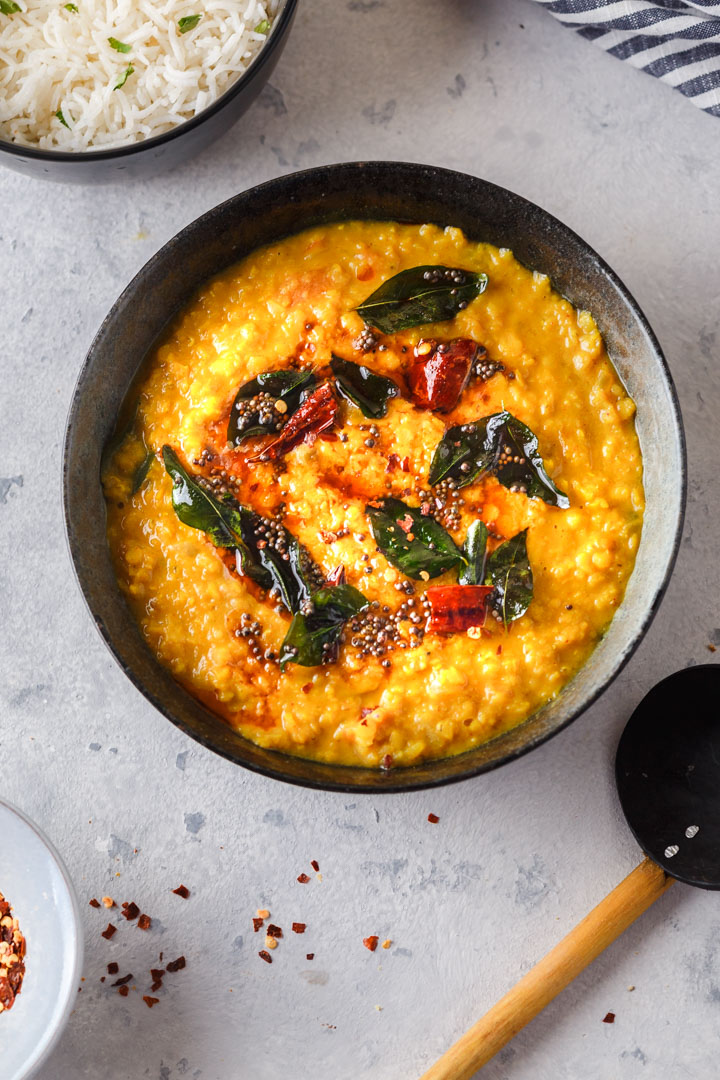
The most popular curry in all of Sri Lankan cuisine is called patippu, or dhal curry, which is a mainstay in any restaurant or home. First, rinse the split red lentils (masoor dhal) and boil them until they become tender.
Fresh ingredients like onions, tomatoes, and green chilies are sautéed in a separate pan along with tempered spices like mustard seeds, curry leaves, fenugreek, cumin, and turmeric.
To give the dhal a rich flavor and creamy texture, all the ingredients are mixed and typically thickened with a dash of fresh coconut milk.
It pairs well with almost everything, but it’s especially good as a dipping gravy for warm roti or paratha.
5. Lamprais
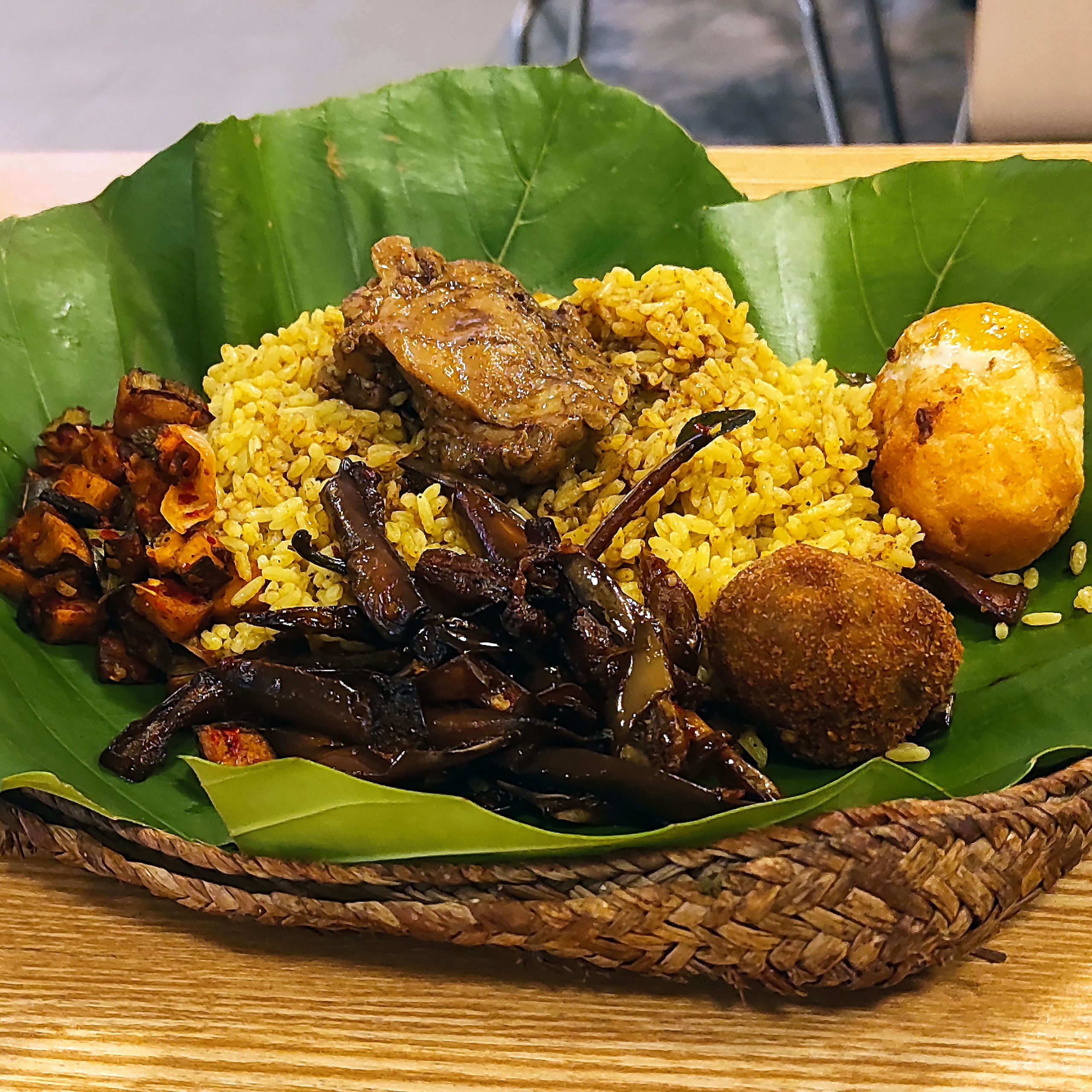
Sri Lanka has been impacted by many different cultures, with the Dutch Burgher group being one of the most noticeable.
Combining the Dutch terms for “lump” and “rice,” “lamprais” refers to a dish made with rice, beef, and sambol chili sauce that is steam-cooked inside a banana leaf packet. Meat stock, which is typically a blend of several meats such as beef, hog, or lamb and infused with cardamom, clove, and cinnamon, is used to cook the rice.
A mound of rice, two frikkadels (Dutch-style beef balls), blachan (shrimp paste), and a starchy vegetable—typically brinjals or ash plantains—are arranged in the center of a banana leaf.
After folding into a parcel, the package is steam-opened. The meat is typically cooked with sweet spices like clove and cinnamon, emulating the flavor preferred by the Dutch Burgher community, since lamprais is a Burgher contribution to Sri Lankan cuisine.
Modern lamprais packets frequently feature chicken and eggs, whereas the original recipes called for beef, hog, and lamb.
6.Egg hoppers
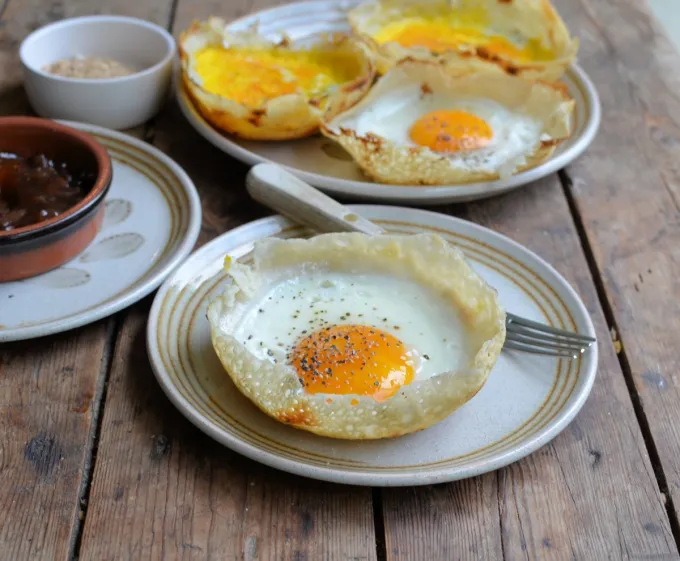
Typically eaten for breakfast, these savory, bowl-shaped pancakes from Sri Lanka are excellent at any time of day. From menus at restaurants to street food vendors, you can find them everywhere. They are produced with a batter consisting of fermented rice flour, coconut milk, coconut water, and a dash of sugar and are cooked in a small, high-sided skillet. As the dish cooks, one egg is cracked into it. It is usually consumed with a hot sambol.
7. Polos (green jackfruit curry)
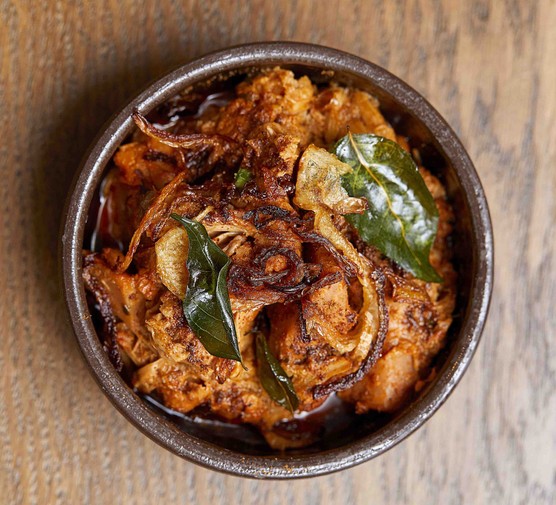
There are several ripeness phases of jackfruit that can be eaten, ranging from extremely ripe and delicious to green and starchy. A Sri Lankan stew called polos is made from fresh, green jackfruit.
After cutting the fruit into small pieces, it is cooked until it becomes tender.
After that, spices, including mustard seeds, turmeric, chili powder, roasted curry powder, pandan leaves, and curry leaf sprigs, are added to the cooked food along with onions, garlic, and ginger. The last step is to add the coconut milk and cook the mixture until most of the liquid is reduced, preserving the exquisite tastes found in the jackfruit cubes.
The texture of jackfruit is starchy, akin to that of potatoes or cassava. A common dish found in most Sri Lankan curry restaurants is polos.
8. Wambatu moju (Aubergine /Eggplant pickle)
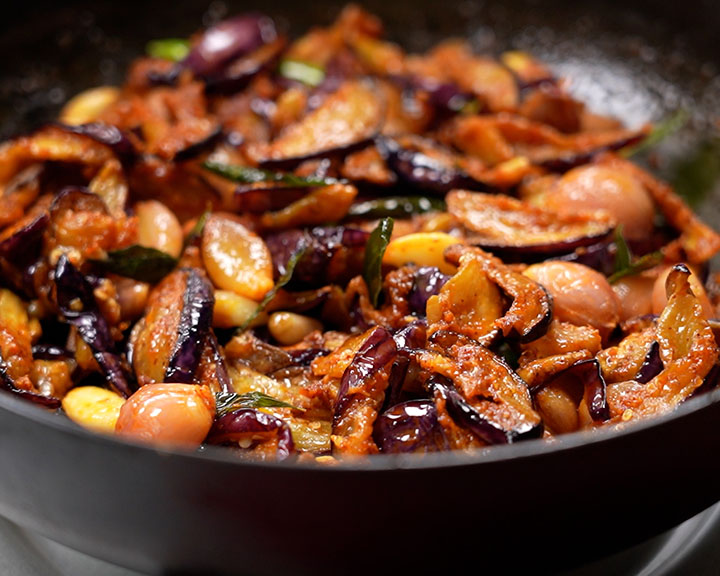
Wambatu moju is an incredibly tasty pickle made from candied Aubergine / eggplant (brinjals), typically served with rice and curries.
The eggplant, which is typically long, thin, and purple-skinned, is sliced into bite-sized wedges and deep-fried to give it a crispy exterior and a soft, silky interior.
Then, until the colour nearly turns black, it is caramelised with a spoonful of sugar, vinegar, red onions, green chillies, mustard seeds, chilli powder, and a tiny bit of turmeric powder.
The eggplant’s succulent, soft texture will melt in your tongue as you bite into it; the juxtaposition of its slightly sour, salty, and sweet flavours is incredible.
9.Gotu kola sambol (pennywort salad)
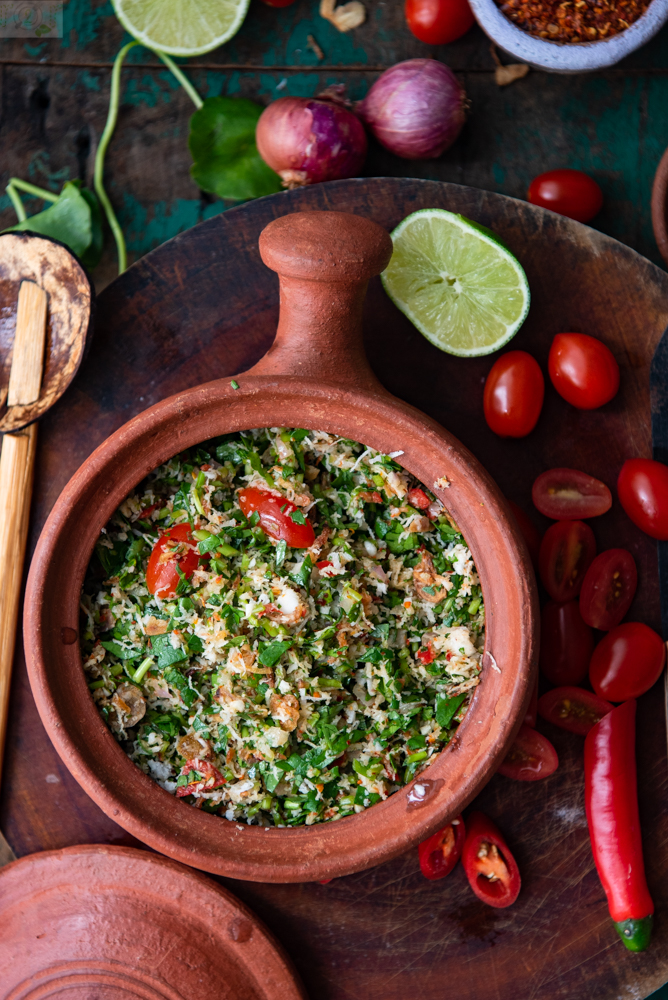
Gotu kola sambol is one of the easiest foods made with green vegetables to find in Sri Lanka.
Asiatic penny wort, or gotu kola, is an herb used for medical purposes. It is shredded into thin slivers and mixed with tomatoes, shallots, freshly grated coconut, and chile.
A dressing consisting of lemon juice, salt, and pepper is then added.
In Sri Lanka, a dish called “sambol” refers to a mixture of raw ingredients that is sometimes more of a salad and other times more of a chilli sauce, such as gotu kola sambol.With a strong, herbaceous flavour reminiscent of kale, gotu kola makes for a really crisp and fresh dish. Usually, rice and curry are served with it as a side dish.
10.Kiribath with lunu miris
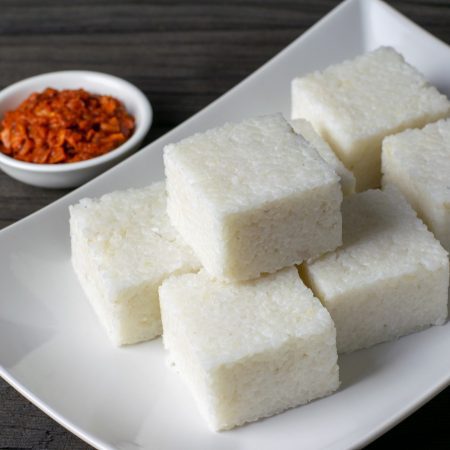
Kiribath is a unique variety of rice that is typically offered on auspicious or exceptional events, like the Sinhala New Year, and is cooked with thick coconut milk.
While there are several variations of kiribath, the fundamental process begins with cooking a pot of rice.
Stir in the coconut milk and a small teaspoon of salt just before the rice is done. The rice gets its sticky viscosity and rich, creamy texture from the coconut milk. After cooking, the rice is sliced into wedges and served cake-slice style.
Kiribath goes well with many different types of Sri Lankan food; it’s usually eaten salty with curry or chili sauce or sweetened with jaggery. Lunu miris, a sambol chili sauce made from red chilies, onions, lemon juice, salt, and occasionally dry Maldive fish, is one of the most popular ways to garnish kiribath. All of these ingredients are pounded into a paste using a stone mortar and pestle.
11.Pol Sambol (coconut relish)

Pol Sambol is used as a side dish or garnish for almost anything in Sri Lanka.It tastes great when combined with rice and curry, string hoppers, hot paratha, pol roti (coconut roti), or even simply by itself with pieces of bread. There is no greater garnish in the world if you adore coconut.
12.Wood apple juice
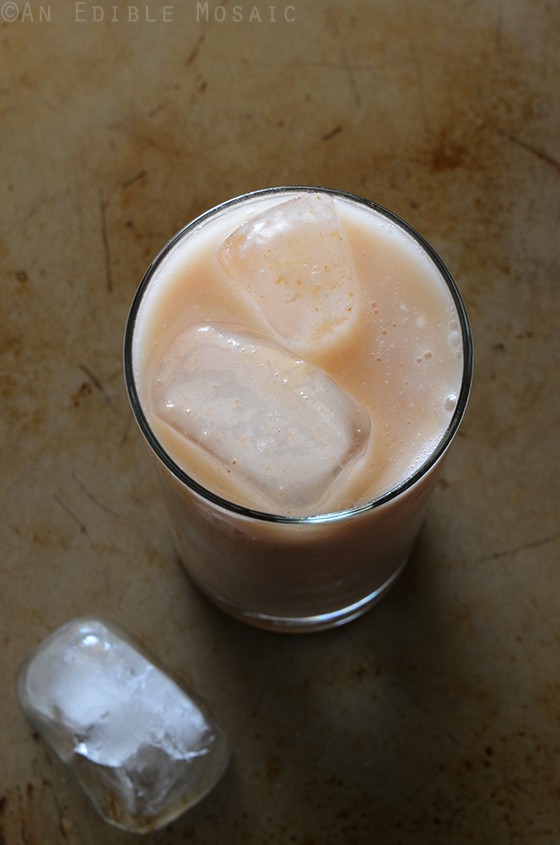
Southeast Asian wood apples are around the size of a dehusked coconut. Its shell is equally hard, and its scent is strong—almost like blue cheese.
When you stroll through a Sri Lankan market, your nose will catch it long before your eyes. A dark brown substance, akin to a cross between fermented raisins and tamarind pulp, is found inside the shell.
Although wood apples can be eaten straight out of the shell, wood apple juice, a thick smoothie, is one of the most often used ways of eating (or drinking) wood apples in Sri Lanka.

0 Comment